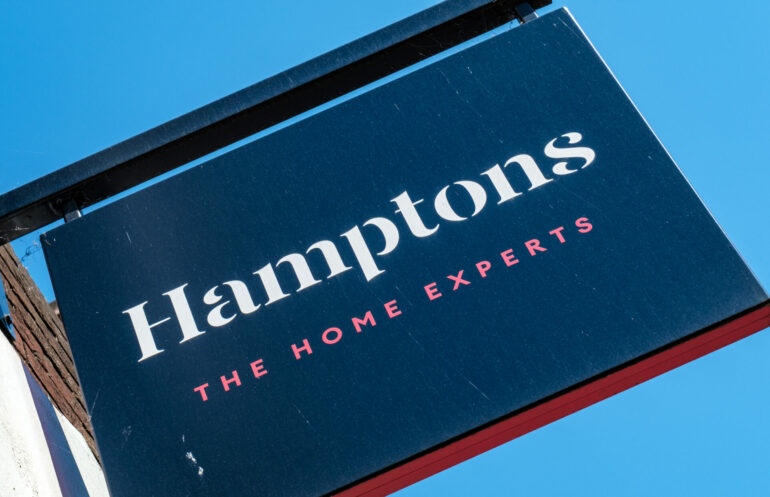So far this year 12.2% of homes purchased in the UK were bought by an investor, marking the highest level since 2016 and up marginally from the 11.7% recorded during 2021.
According to findings from Hampton’s November Lettings Index, purchases, although high, remain below their 15.5% peak in 2015, the year before the 3% stamp duty surcharge was introduced.
Despite the proportion rising between 2021 and 2022 however, fewer sales overall mean the absolute number of investor purchases will be down by around 30,000 on last year.
Aneisha Beveridge, head of research at Hamptons, said: “Rising rents are tempting landlords to dip a toe back into the slowing sales market to try and pick up deals they couldn’t have got six months ago.
“With sellers more open to negotiation and rents rising rapidly, returns for equity rich landlords have been rising.
“While we’re unlikely to see landlords return to buying at pre-stamp duty surcharge numbers, it’s possible they may outnumber first-time buyers in some months next year, as was common before 2016.”
What’s more, the recent reassurance of landlords who had previously been priced out of a heated market has meant the numbers registering in a branch are up 9% on last year despite an overall fall in buyer demand.
Earlier in the year, many landlords struggled to make deals stack up while paying record prices and facing stiff competition from other buyers.
Instead, they chose to sit back and wait. The proportion of investors paying over the asking price remained above 40% throughout 2021, before peaking at 48% in April 2022 (alongside the wider market).
However, over the last few months some landlords have re-emerged, turning their attention to homes which have been lingering on the market.
In November 37% of offers by landlords were on homes without any competing offers, up from just 14% in January.
A less competitive market means that in November just 25% of investor purchases were agreed above the asking price, compared to 30% among first-time buyers.
It’s a similar story when it comes to time on the market, with the average investor purchasing a home which had been on the market for 54 days in November, up from just 33 days in November last year.
By comparison, homes bought by first-time buyers last month had been marketed for an average of 40 days, while homes bought by movers (people selling their home to buy another) had been advertised for 50 days.
Additionally, annual rental growth strengthened for the third month running, with average rents up 7.9% across the country compared to the same time last year.
Rental growth was led by Scotland where rents on newly let homes, which are exempt from the price freeze introduced in September, rose by 12.3% over the last year.
This rate is faster than any other region in Great Britain or at any time since the Hamptons Lettings Index was launched in 2012.
Beveridge added: “While house price growth is slowing, rental growth continues to strengthen, offsetting some, but not all, of landlord’s increased costs.
“It’s these rising costs which are likely to mean rental growth will remain high for the next few years.
She concluded: “In Scotland, where landlords are capped in their ability to pass on higher costs to sitting tenants, rents on newly let properties will likely continue topping the growth charts.
“When a tenant leaves and a home is re-advertised, the jump back up to market rate is much larger.”




